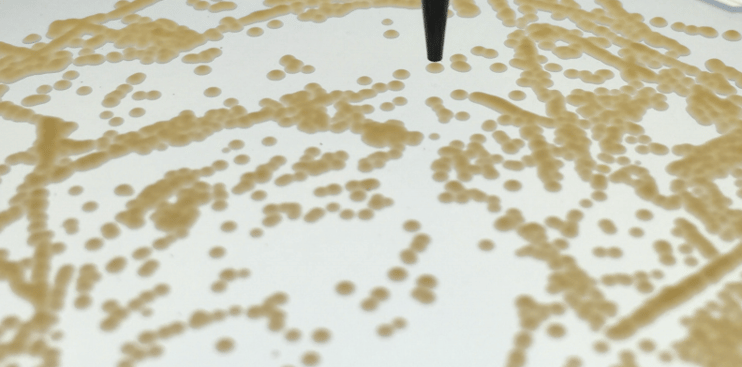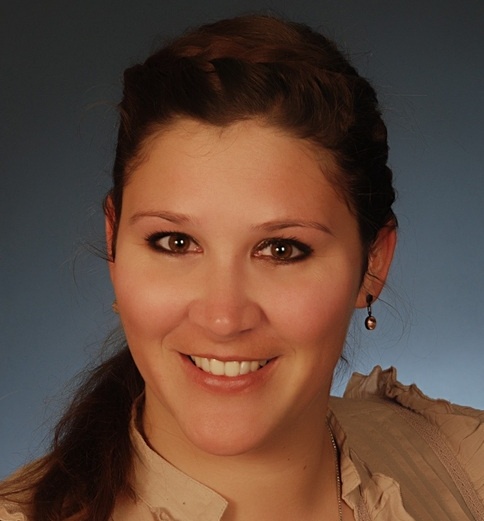Keywords:
Tecan uses cookies to improve our website. By continuing to browse our website, you accept our cookie policy.
Tecan uses cookies to improve our website. By continuing to browse our website, you accept our cookie policy.

Keywords:
By Jana Langhoff
Manual colony picking is a highly labor-intensive task that is slow, tedious, and error-prone. Cost-effective automation makes the process more consistent and reliable, as well as considerably faster, enabling hundreds of colonies to be picked per hour, with secure sample tracking throughout the whole workflow. To achieve effective automated colony picking, colonies must be identified and documented, sampled with the correct technique, and the samples must be transferred to the right tubes.

Before getting into the details of automating colony picking, let’s look into a fundamental question. What is a colony? The human eye can quickly pick out spots on a culture surface that may have the even form and smooth contours of a bacterial colony or the irregular contours of a colony of mammalian cells. There may be additional criteria to guide the selection of the section of a colony to sample, such as relative position and color. There can be a lot of diversity within a single colony depending on environmental factors such as access to nutrients and oxygen. For example, fungal colonies can consist of healthy growth on the perimeter surrounding a necrotic center. So sampling must take into account position on the colony, and also the amount of sample needed for downstream processing and analysis.
Automating the complexity of manual colony picking therefore involves the software-driven orchestration of high-resolution imaging techniques and fine mechanics to find a colony and identify the region to be sampled, select a suitable tip and optimal sampling technique to match the colony type, and transfer the sample to the correct tube. Software and mechanics need to be able to control fine movements to create customized picking profiles that can mimic manual picking movements, such as a small sideways scratch, while aspirating at the same time. Sufficient material must be transferred to the receiving vessel, such as a PCR plate. Flexibility is key when handling different culture media and vessels, and sampling techniques that may be fully automated based on predefined criteria or interactively guided. Environmental control may also be critical to ensure sterility and containment.
Until recently, industrial colony pickers were single-task and high-cost standalone instruments that were not integrated with upstream or downstream automation systems. Colony picking became the bottleneck, resulting in periods of low productivity when laboratory staff had to wait for a procedure to finish. The introduction of cost-effective colony pickers that can be integrated into liquid-handling platforms has revolutionized workflows in the laboratory, enabling time-efficient and error-free cloning processes and massively increasing throughput.
Keywords:

Jana Langhoff has been an application specialist for cell biology and protein science at Tecan since 2015. She holds an MSc in molecular and cell biology and, before joining Tecan, gained experience in academia and the pharmaceutical industry where her main focus lay on neurodegenerative diseases and cancer research.